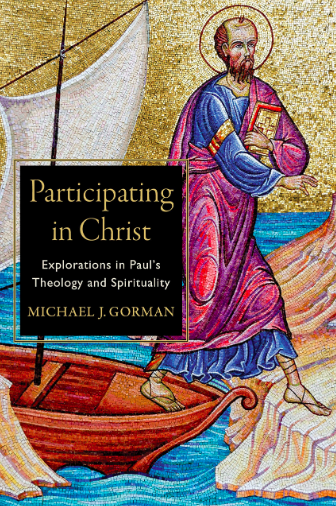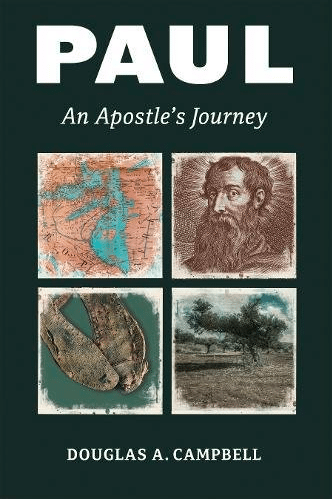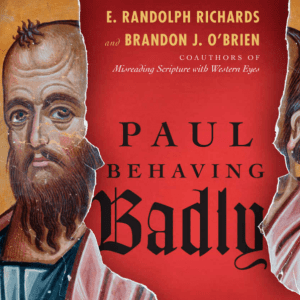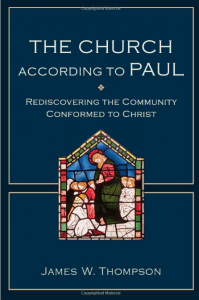 On the basis of a new approach at looking how to discern the social makeup of the earliest Christian house churches, one based more on housing space occupied than on ideal social types, Peter Oakes has offered to us a new way of thinking more realistically and concretely about who was in the earliest house churches. His book is called Reading Romans in Pompeii.
On the basis of a new approach at looking how to discern the social makeup of the earliest Christian house churches, one based more on housing space occupied than on ideal social types, Peter Oakes has offered to us a new way of thinking more realistically and concretely about who was in the earliest house churches. His book is called Reading Romans in Pompeii.
First, the big picture. Oakes, a lecturer in New Testament at Manchester, has studied the evidence of Pompei, a place without any Christian presence so far as I know, to discern how housing and space worked. Then, with that clear evidence in hand, he compares Pompei to Rome to see the differences, and then on the basis of this careful study of who occupied what spaces and who was represented in typical locations in the Roman empire, Oakes makes the following proposal for a house church of 30 people in 1st Century Rome:
A craftworker who rents a fairly large workshop (c. 50 sq yards) with separate living space, his wife, children, a couple of male craftworking slaves, a female domestic slave, a dependent relative.
A few other householders, mostly male, who rent space less than our craftworker, some of their spouses, children, slaves, and other dependents.
A couple members of families whose householder is not part of the church.
A couple slaves whose owners are not part of the church.
A couple of free or freed dependents of people who are not part of the church.
A couple of homeless people.
A few people renting space in shared rooms (migrant workers and their families).
Now mix in the important element of the Pauline mission, namely evangelism of Jewish synagogues that leads to some converts, so we now have a mosh pit of Christians all in a house church.
The earliest churches, then, are not made up of pietists who wanted to study the Bible but ordinary Romans from all sorts of backgrounds, needs, yearnings, and connections — each bringing to the table different ears for the gospel.
Oakes then discusses Romans 12 and how such folks would hear what Paul is saying, and his discussion here is nothing if not very interesting and profitable. The he examines how his invented characters — Primus (bottom of the heap slave), Sabina (freed slave), and Iris (inn worker whose body was owned by a master who gave her to his patrons at times) — would hear Paul’s message of salvation, and he sees three processing ideas: justice, survival (eternal life matters!), and redemption of the body. Holconius, his major character who is a householder, is examined through the lens of social body, the church, and salvation as a holy people.
Undoubtedly, one the best books on Paul/Romans I’ve read in a long, long time. Oakes combines judicious historical sensitivities with solid exegetical insight, all wrapped into a proper caution that is not always observed among those who use social evidence.











